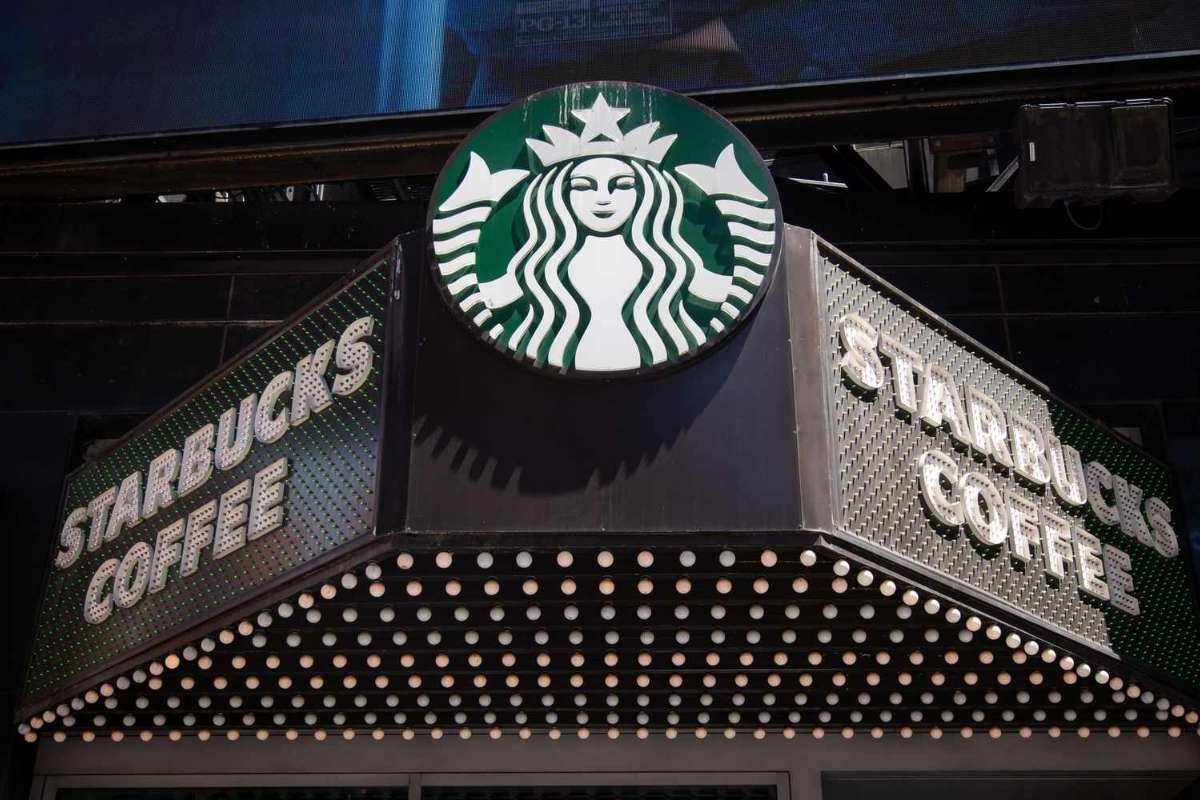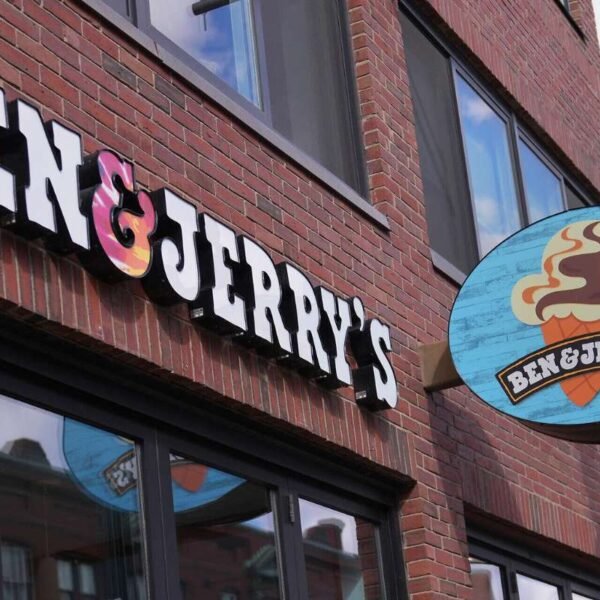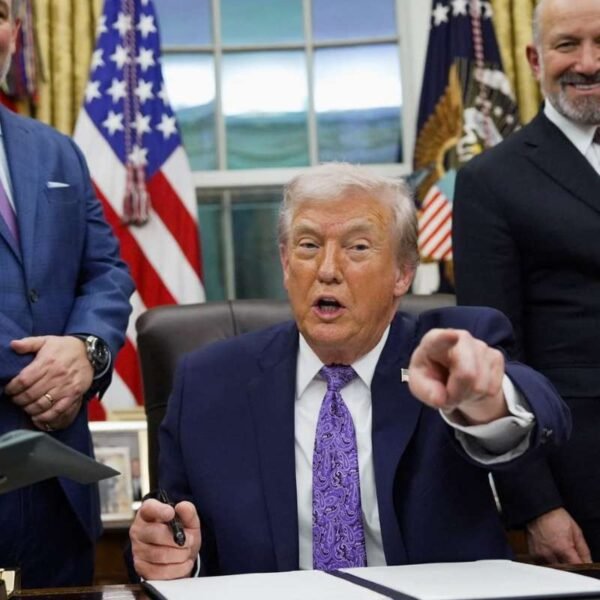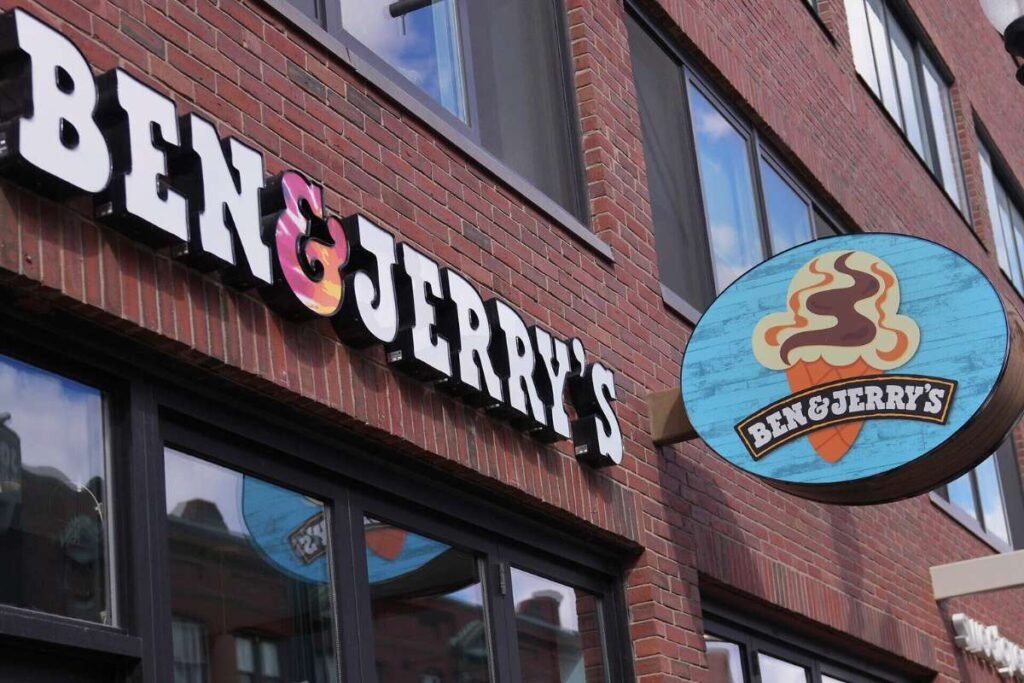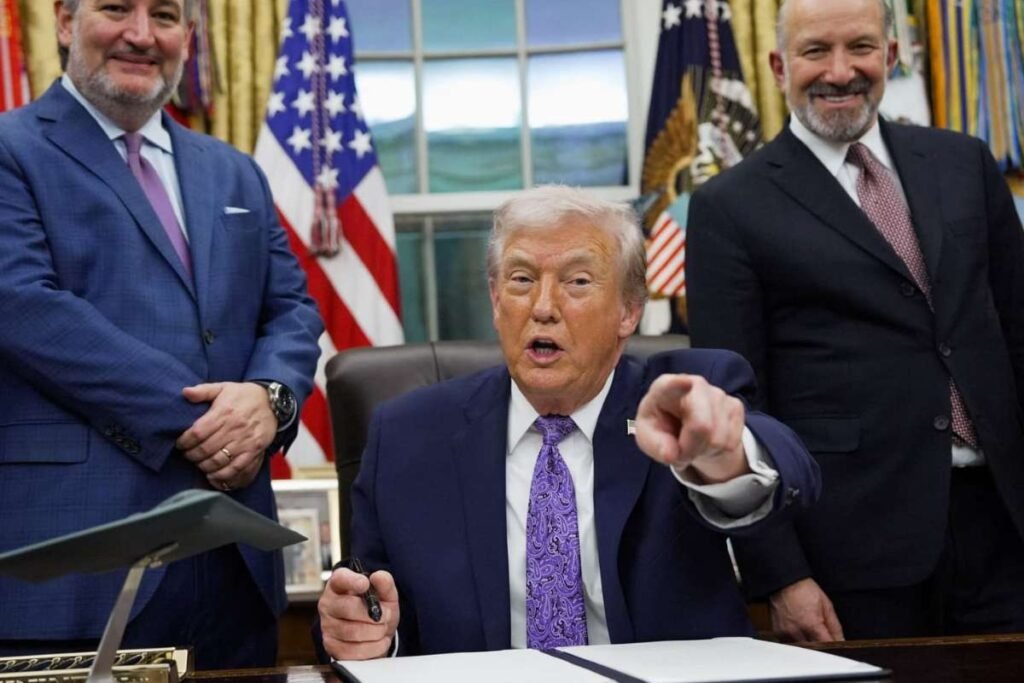Key Points:
- Starbucks Returns to positive same-store sales growth, reversing nearly two years of declining performance.
- Strong demand in international markets, especially China, contributed to the company’s renewed momentum.
- Management credited operational improvements and digital expansion for driving the turnaround and boosting customer engagement.
Starbucks Returns to growth as it reported on Wednesday that its same-store sales grew for the first time in nearly two years, signaling early progress in its global turnaround plan. The coffee chain’s global same-store sales rose by 1% for the quarter ending September 28, lifted by international performance and a late rebound in the U.S. market.
CEO Brian Niccol said the company’s “Back to Starbucks” strategy is starting to gain traction with customers after months of declining sales. “It’s clear that our turnaround is taking hold,” Niccol said.
Global Sales Show Early Signs of Recovery
While global sales were up, Starbucks Returns to positive momentum in the U.S. as same-store sales remained flat for the quarter but turned positive in September. CFO Cathy Smith advised analysts to remain cautious, noting that “recoveries are not always linear.”
The company reported adjusted earnings per share of 52 cents, below analysts’ expectations of 56 cents, while revenue reached $9.57 billion — slightly higher than Wall Street’s forecast of $9.35 billion. Net income dropped to $133.1 million from $909.3 million a year earlier due to restructuring and other costs.
As part of its cost-control measures, Starbucks closed 627 locations and reduced approximately 900 nonretail positions during the quarter. Despite these changes, the company said it remains focused on long-term operational efficiency and store performance improvements.
Revamped Store Strategy and Customer Experience
As Starbucks Returns to a customer-first strategy, the company has introduced new service benchmarks aimed at cutting average order times to under four minutes. More than 80% of company-operated stores have now reached that target.
Niccol credited this improvement to better staffing models and investments in training. The company has added assistant store managers in many U.S. cafes to enhance service quality and reduce customer wait times.
Starbucks has also shifted its marketing approach, moving away from short-term promotions toward highlighting its core coffee products and new beverage innovations. The fall menu launch contributed to a rise in customer traffic, particularly among members of its loyalty program.
According to Smith, Starbucks Rewards membership grew 1% both quarter-over-quarter and year-over-year, with active users returning to stores more frequently.
International Markets Drive Momentum
International operations contributed significantly to the quarter’s growth. Same-store sales outside the U.S. climbed 3%, supported by a 6% increase in customer traffic.
In China — the company’s second-largest market — same-store sales rose 2%, while store visits increased by 9%. To compete with local coffee chains offering lower prices, Starbucks reduced the cost of several iced beverages to regain market share.
The company confirmed it is considering selling a stake in its China business after years of competitive pressure but plans to retain a meaningful ownership share. Niccol described investor interest in the brand as “very strong,” and said the company remains confident in China’s long-term potential.
Focus on Sustainable Growth
Looking ahead, Starbucks plans to maintain its turnaround strategy without issuing new financial guidance until its investor day in January. The company aims to improve profitability through operational efficiency, product innovation, and enhanced customer experiences across its global markets.
Shares of Starbucks rose 2% in after-hours trading following the announcement, reflecting cautious from investors as Starbucks Returns to steady growth.

